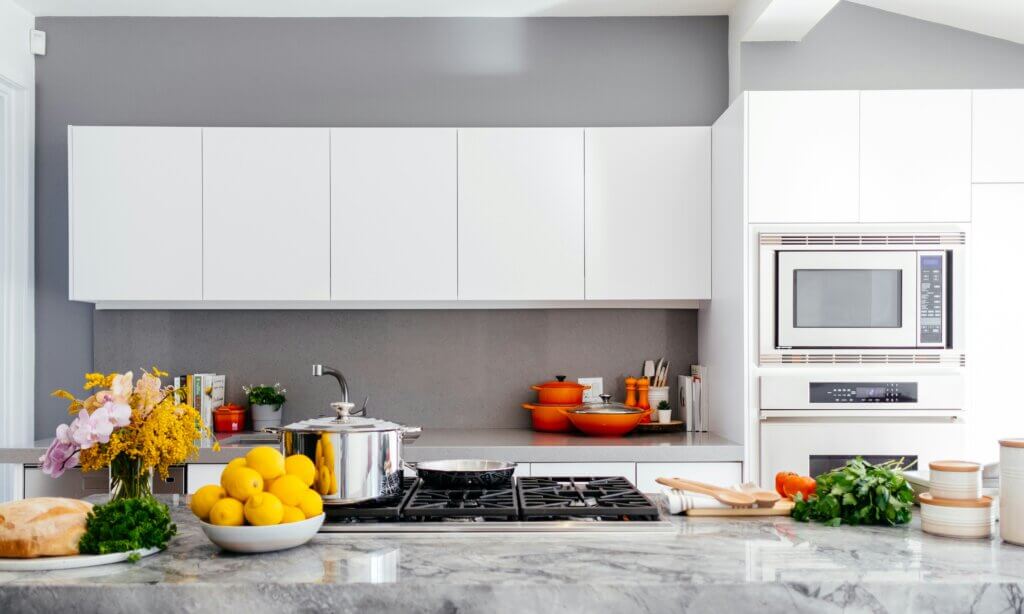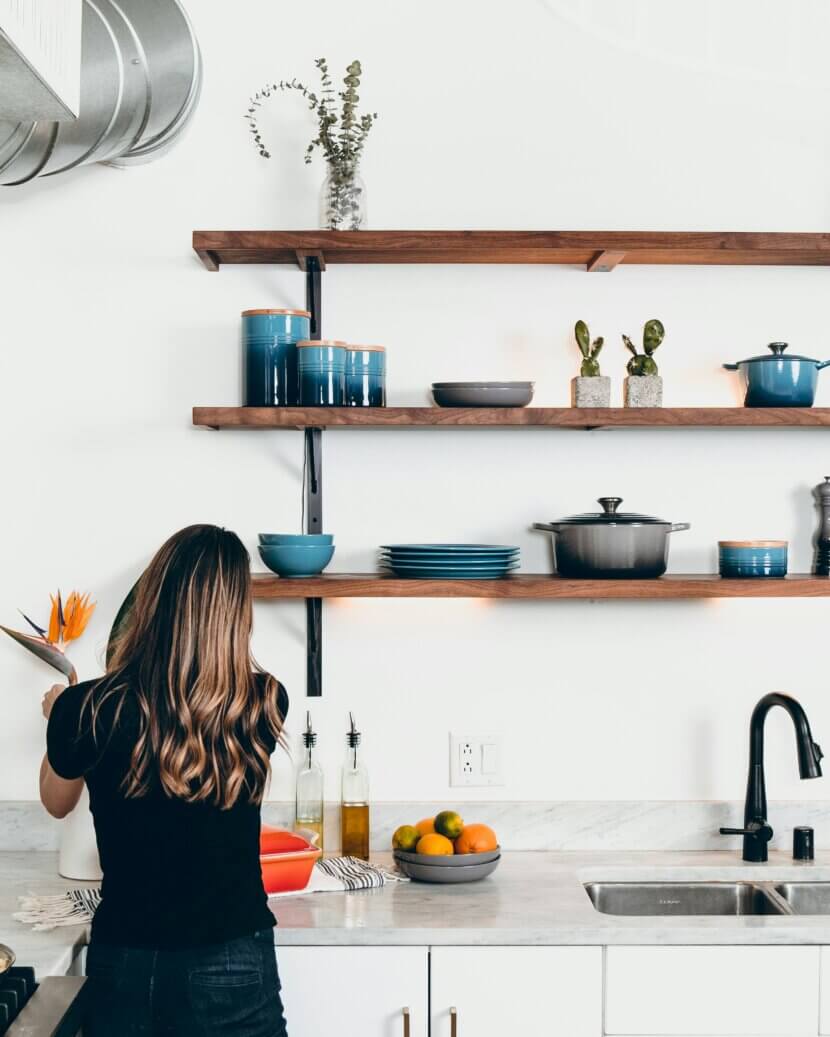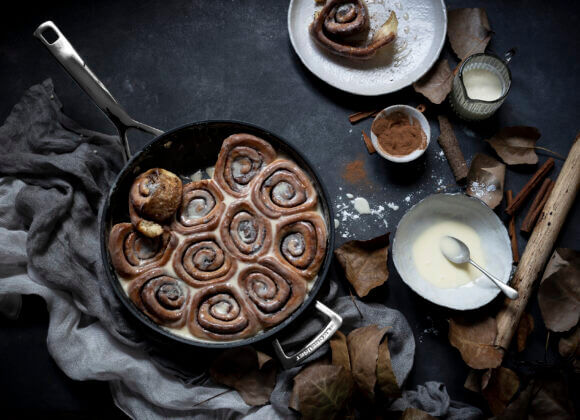A well thought-out system improves workflows, makes cooking more fun and saves time when tidying up and cleaning. Tidiness expert Franziska Schmid gives practical tips for more order in the kitchen.
You come home after a long day and want to cook something good quickly. But instead of inspiration and joy, chaos awaits you: there are dishes, pots and pans and food everywhere, and searching for the right cooking utensil costs valuable time and nerves. Tidying coach Franziska Schmid knows how to transform the kitchen into a functional space. And the infamous drawer of odds and ends has now had its day!
First steps towards tidiness: clearing areas and sifting through storage space
The first step in getting a disorganized kitchen in order is to clear all surfaces and sift through all the storage space. Schmid recommends creating categories to get an overview of all items. “Then it’s a matter of making the items suitable for everyday use according to the available storage space.
to grant.”
If the amount of work is overwhelming, it can help to take a step-by-step approach and organize a drawer or compartment first. “The important thing is to keep at it and tidy things up bit by bit. Once the first drawer is tidy again, the next one can be sifted through,” says the expert.
Efficient use of storage space in small kitchens
Space is particularly limited in a small kitchen. This makes it all the more important to take a systematic approach to the whole thing. “Additional shelves or intermediate compartments in the kitchen cupboard create extra space for lower items without having to stack them inside each other,” says the organization expert. “It is important to create the available space mainly for everyday crockery and cooking utensils that are used regularly,” explains Schmid.
Rarely used appliances and utensils such as waffle irons, toasters, baking utensils and mixers should be stored in a separate room or higher compartments.

Tidy up the kitchen with organizers and drawer dividers
Organizers, storage boxes and drawer dividers are indispensable aids for neatly sorting small items such as tea bags, rubber bands and other small items. They create clearly arranged compartments and facilitate access. “This means that the items don’t roll around in the drawer or box compartment, but are grouped together in one category and ready for use at the touch of a button. A drawer mat prevents the contents from slipping and provides additional organization. Schmid emphasizes: “Smaller and larger boxes can be particularly helpful for smaller items that are indispensable in a kitchen.” Tip: It may also be possible to sort out one or two things.
Storing spices, pots and pans correctly
“Of course, it looks stylish when all the storage containers for spices are uniform,” says Schmid, “but the question arises as to what to do with the rest that no longer fits in the respective jars? And how can I keep track of these reserves? Therefore: spices should remain in their original packaging if possible to keep track of them. A box or box near the stove is ideal.”
Pots and pans are best placed free-standing at the bottom of the kitchen cupboard so that they are quickly and easily accessible.
Keeping track of food
Food should be stored in a central location such as a store cupboard. Regularly checking the expiration dates and sorting by category helps you to keep track. “It can be helpful to stick labels on the edge of the shelves and also to label the drawers,” recommends Schmid.

Avoid common mistakes in kitchen organization
Many people tend to have too many items in their kitchen, which quickly leads to clutter. Schmid advises: “Only the most important and regularly used utensils should be kept in the kitchen. Storage and work surfaces should remain free so that you have enough space to work.”
For the expert, one thing is certain: “Investing several hours once in the organization pays off. Regular checks and sticking to the established organization systems are the key to permanent order in the kitchen.”
Related posts:













